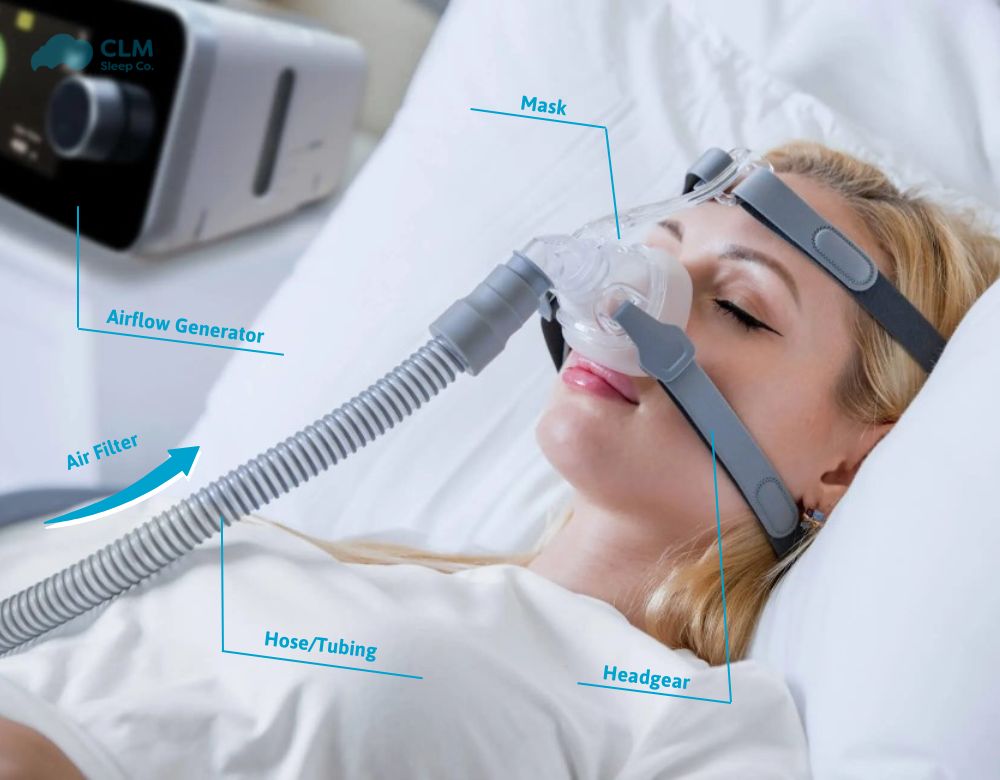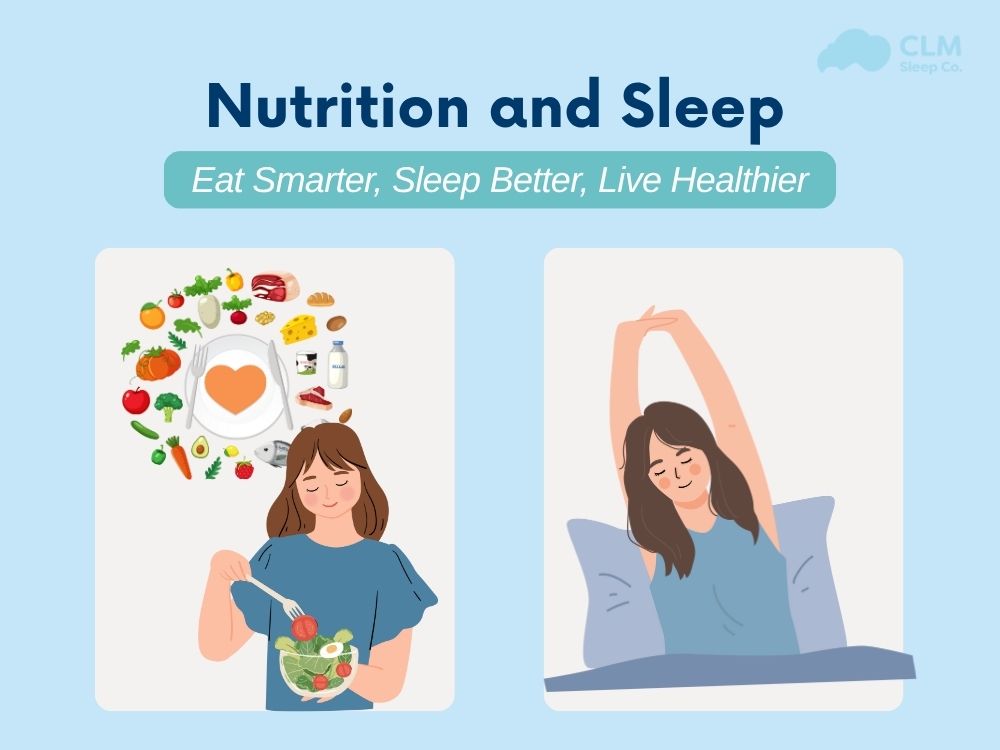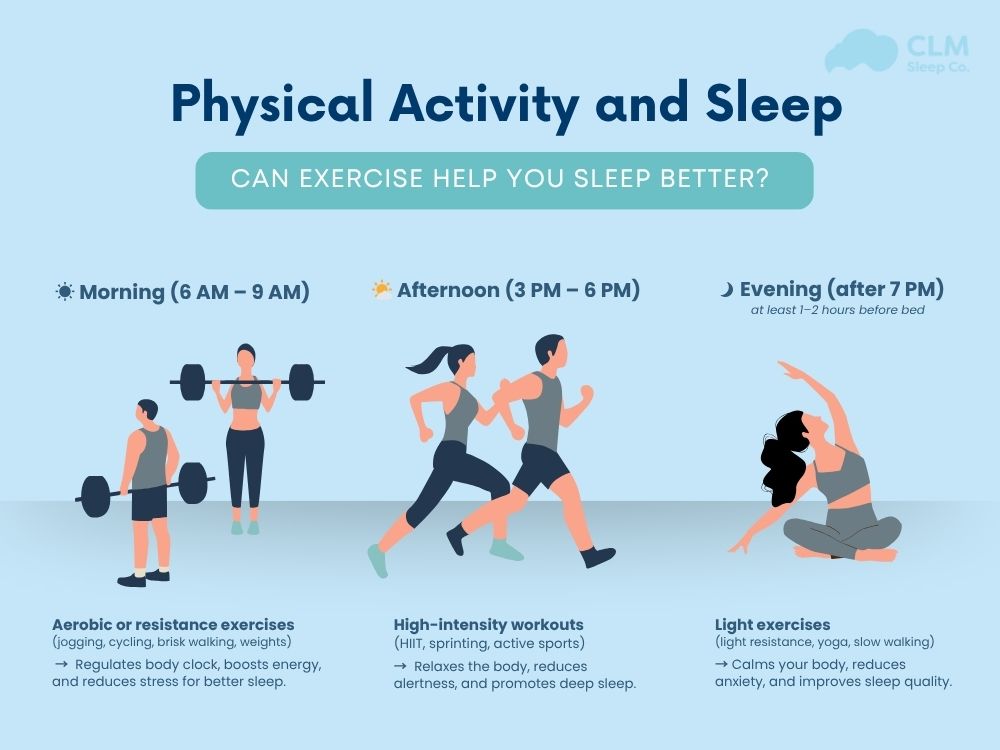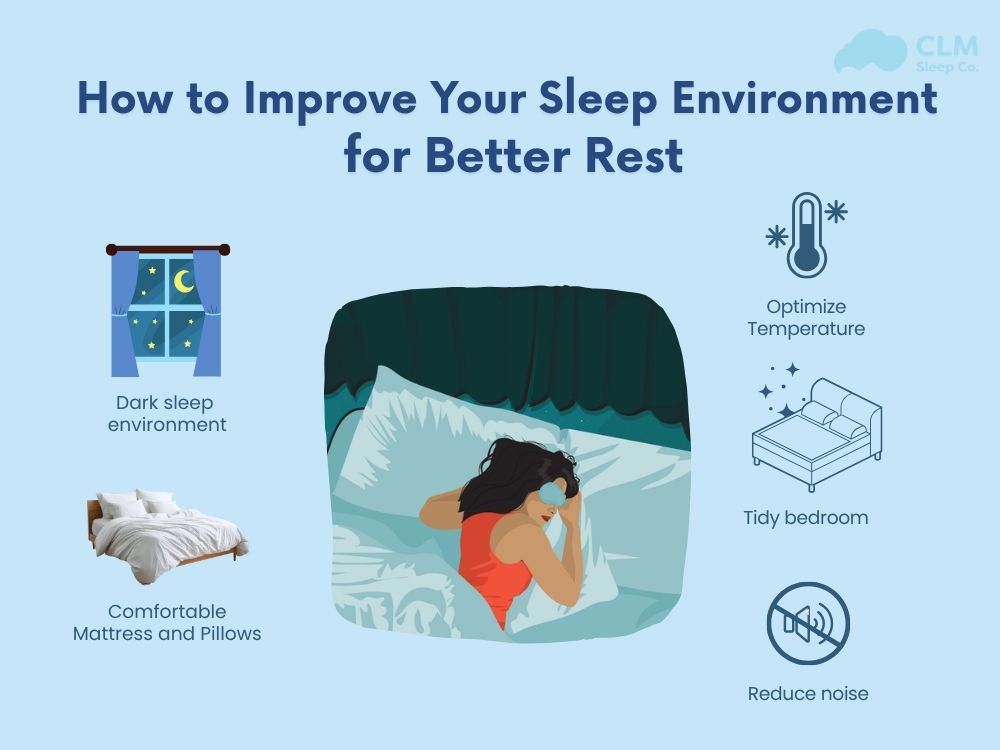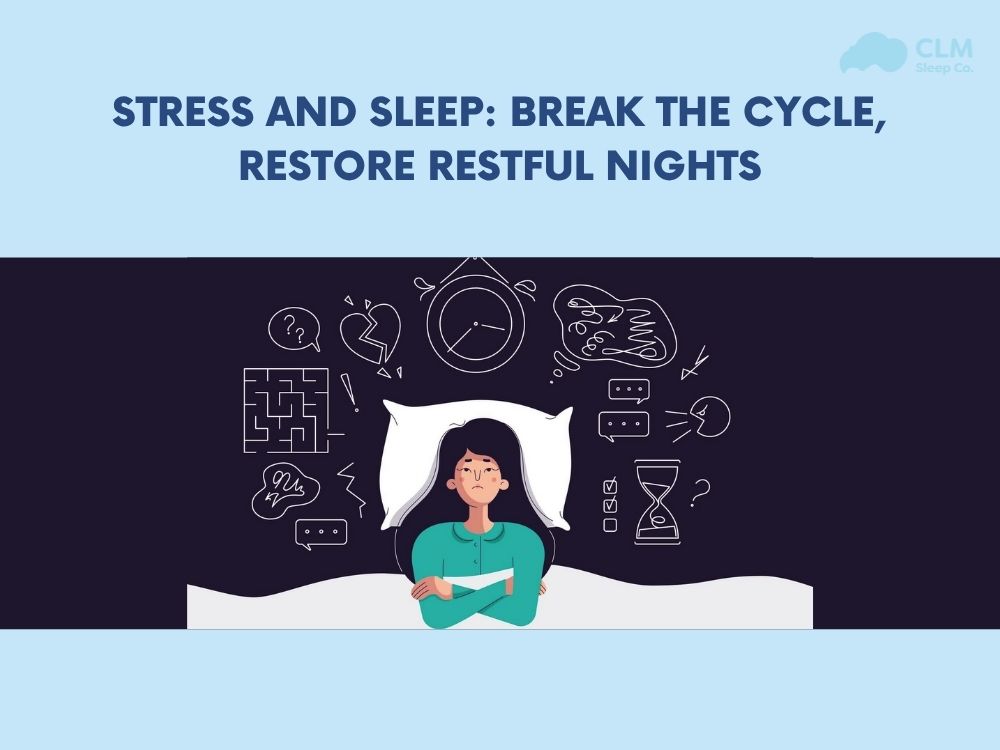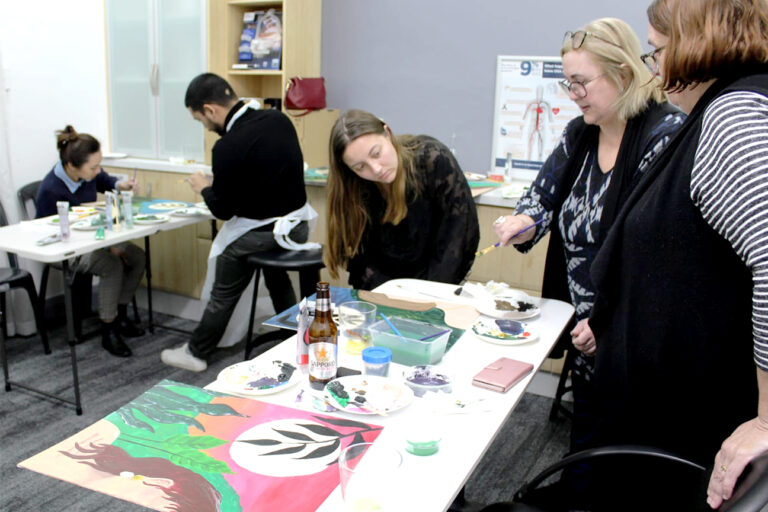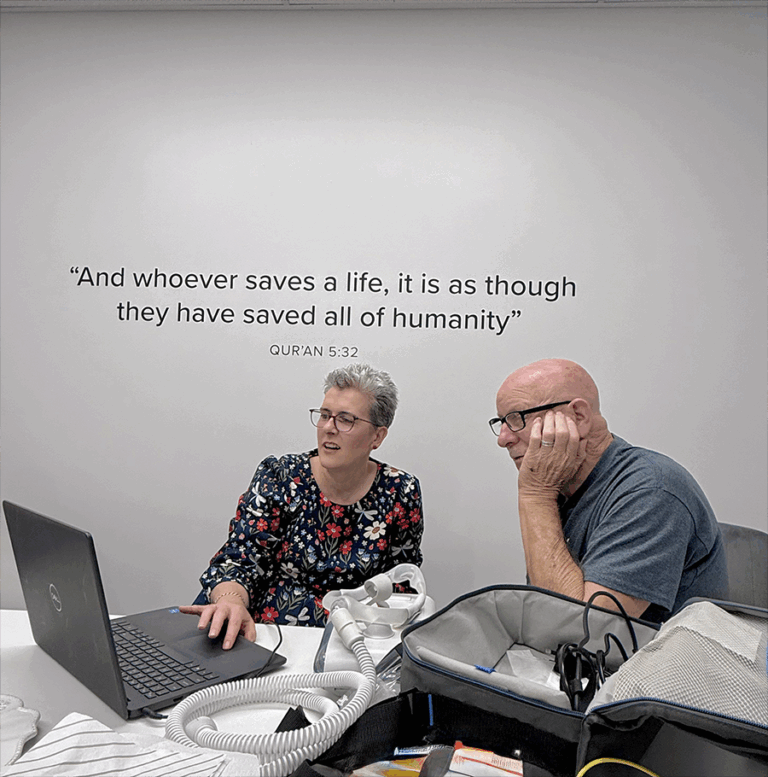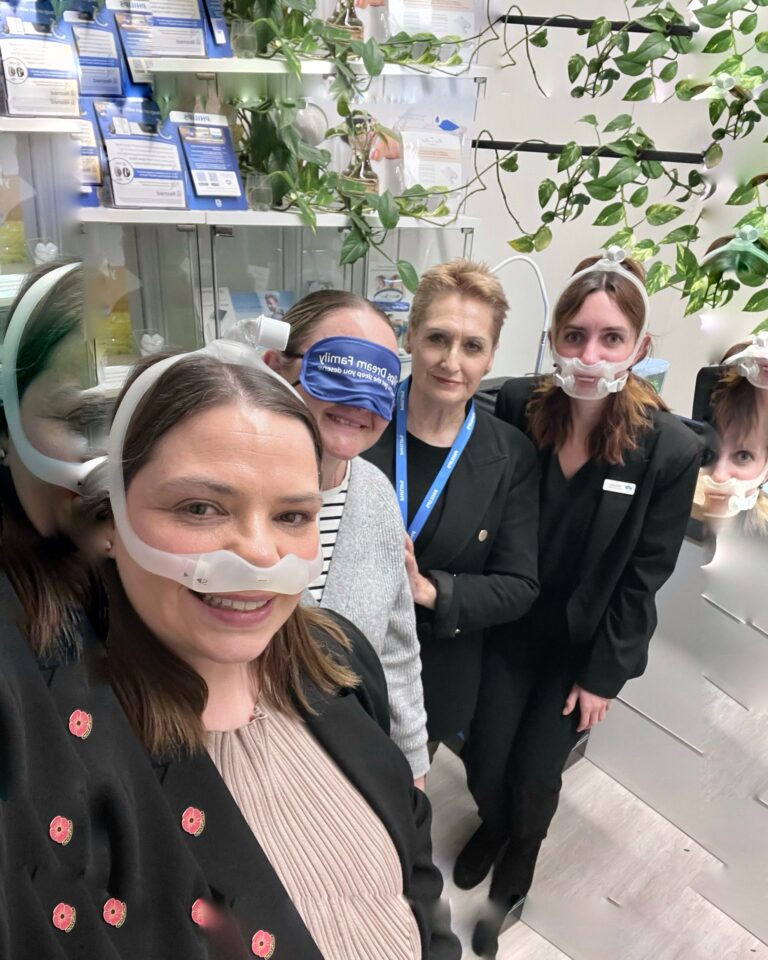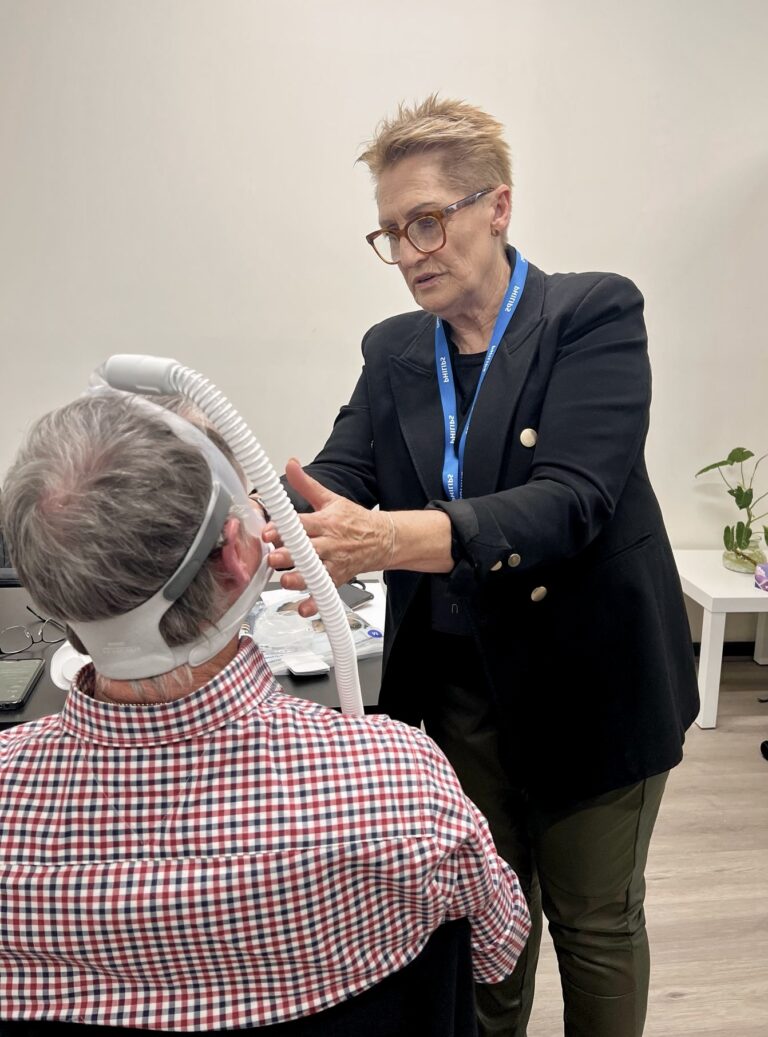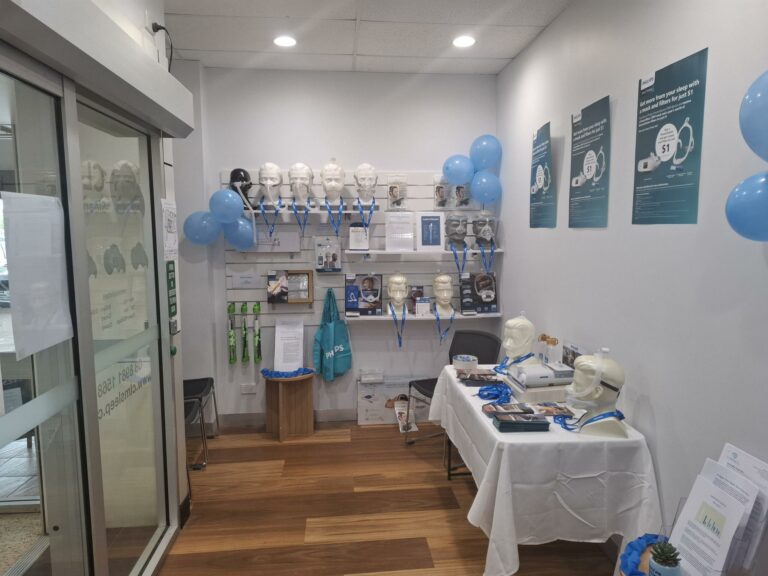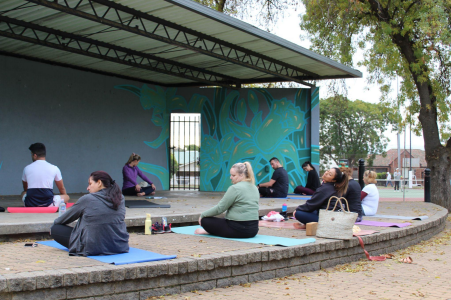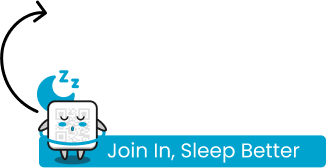The CPAP machine is likened to an “oxygen tank” that helps patients suffering from sleep apnea achieve regular breathing, escaping the “suffocating” condition during sleep. This device will effectively support the treatment of sleep apnea. Every morning you wake up, you will no longer feel tired; instead, you will feel refreshed and full of energy. So, what is a CPAP machine? Why does the CPAP machine provide such effective results? Let’s explore with CLM Sleep in the article below.
Overview of CPAP machines
CPAP machine (Continuous Positive Airway Pressure machine) is a medical device primarily used to treat sleep apnea, a condition in which a person’s breathing repeatedly stops and starts during sleep. A CPAP machine delivers a continuous flow of air through a mask worn over the nose, mouth (or both), helping to open the airways, prevent blockages and interruptions in breathing during sleep.
A CPAP machine effectively treats sleep apnea, especially obstructive sleep apnea. The symptoms of a patient with sleep apnea will include snoring, gasping or choking while sleeping, which can lead to daytime fatigue and other health issues. A CPAP machine can greatly enhance sleep quality and overall health.
See more: Best Sleep Apnea Machine For 2025
Key Components of a CPAP Machine
A CPAP machine consists of several main components that work together to deliver a stream of pressurized air into the airway, helping to treat sleep apnea.
Airflow Generator: The main unit that generates a continuous flow of air at a set pressure.
Air Filter: This filter cleans the air before it enters the machine, removing impurities and allergens that could irritate your airways.
Hose/Tubing: A flexible tube that connects the airflow generator to the mask.
Mask: Comes in various types (nasal masks, full-face masks, nasal pillows) to fit different preferences and facial structures.
Headgear: This straps the mask securely to your head, ensuring a comfortable and secure fit.
Humidifier (Optional): An integrated or separate component that adds moisture to the air to prevent dryness or irritation in the nose and throat.
See more: How Often Should You Replace CPAP Parts?
How does a CPAP machine work?
The CPAP machine works by gently blowing air into your nose and mouth, maintaining a constant air pressure that is higher than the surrounding air, which helps keep the throat muscles and tissues from collapsing. This helps prevent the apnea events (pauses in breathing) that cause interrupted sleep and low oxygen levels.
Here is a simple breakdown of how a cpap machine works.
Air Intake: Pulls the air from the room into the machine
Pressurization: The air is pressurized to a specific level, determined by your doctor based on your individual needs.
Humidification: In many cases, a humidifier adds moisture to the air to prevent dryness and discomfort.
Delivery: The pressurized air is delivered through a hose to your mask, which fits over your nose or nose and mouth.
Airway Openness: The continuous flow of pressurized air helps keep your airways open, preventing them from collapsing and blocking your breathing.
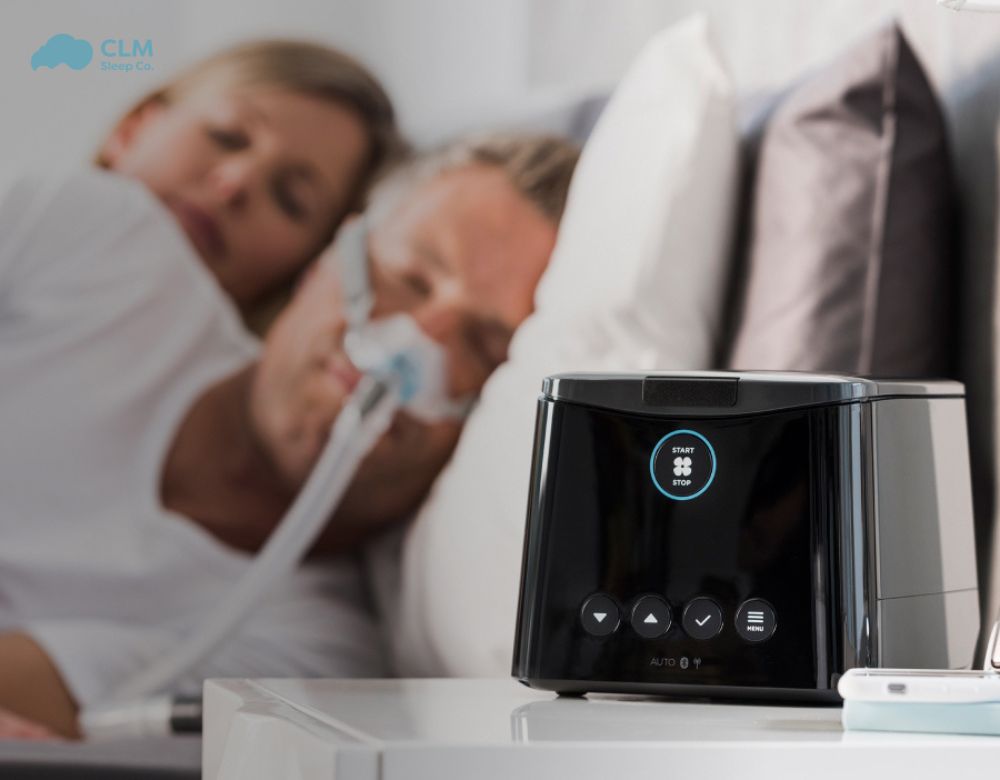
See more: Best Travel CPAP Machines in Australia
What are the pros and cons of using a CPAP machine?
Pros of using a CPAP machine
Improves sleep quality: By preventing sleep interruptions, a CPAP machine can help you get a more restful night’s sleep
Reduces or eliminates snoring: Compressed air at an appropriate pressure is continuously supplied to the airway to keep it open, preventing blockages that can lead to snoring.
Decreases daytime sleepiness and fatigue: Better sleep can lead to increased energy and alertness during the day.
Improved overall health: Regular use of a CPAP machine can help reduce the risk of serious health complications associated with sleep apnea, such as heart disease, stroke, and high blood pressure
See more: What types of ResMed CPAP machines are available on the market?
Cons of using a CPAP machine
Although CPAP machines are highly effective in treating sleep apnea, there are still some drawbacks to consider, such as
Discomfortable: The need to wear a mask and headgear will make you feel uncomfortable, especially for those who are new to CPAP.
Dryness and Congestion: A continuous airflow into the airways can cause dryness in the mouth, nose, and throat, leading to irritation or nasal congestion. But it can be remedied by using a combination of a humidifier.
Noise: Although modern machines are relatively quiet, they still produce noise that can disturb those sleeping nearby or roommates, especially if they are light sleepers or have difficulty falling asleep.
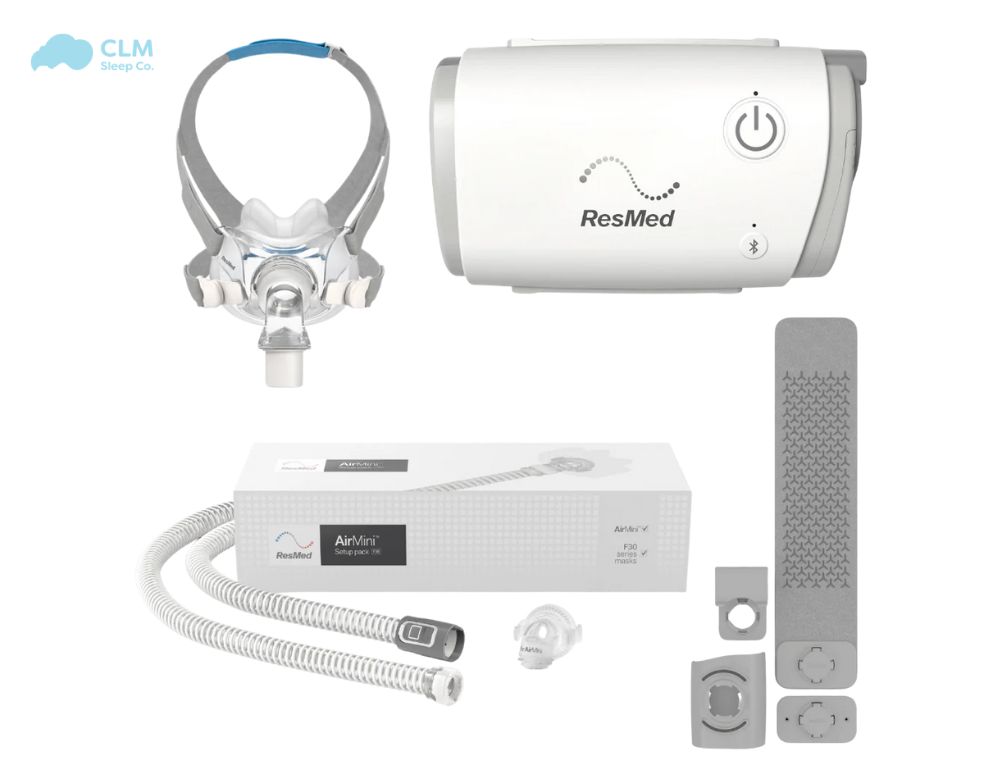
Buy now: ResMed AirFit F30 Bedside Starter Kit
Who is it used for?
A CPAP machine is used for individuals diagnosed with obstructive sleep apnea (OSA). It is typically prescribed for:
Adults with Obstructive Sleep Apnea: Individuals who experience frequent interruptions in breathing during sleep due to the collapse or blockage of the airway.
Children with Obstructive Sleep Apnea: Although less common, children with OSA may also use CPAP therapy, especially if they have severe or persistent symptoms.
People with Central Sleep Apnea: In some cases, CPAP machines may be used to support breathing in individuals with central sleep apnea. A condition where the brain fails to send proper signals to the muscles that control breathing.
Individuals with Complex Sleep Apnea: For those who have a combination of obstructive and central sleep apnea, a CPAP machine may be used alongside other therapies to manage symptoms.
Patients with Other Respiratory Conditions
In some instances, CPAP therapy may assist individuals with respiratory conditions such as Chronic Obstructive Pulmonary Disease (COPD) or congestive heart failure, particularly if they experience overlapping symptoms of sleep apnea.
Are there different types of CPAP machines?
What’s the difference between CPAP, APAP, and BiPAP machines? Here’s a table comparing CPAP, APAP, and BiPAP machines:
| Feature | CPAP (Continuous Positive Airway Pressure) | APAP (Automatic Positive Airway Pressure) | BiPAP (Bilevel Positive Airway Pressure) |
| Function | Delivers a fixed, continuous air pressure | Adjusts air pressure automatically based on user’s needs | Provides two different pressure levels: one for inhalation (IPAP) and a lower one for exhalation (EPAP) |
| Pressure Settings | Fixed pressure set by a healthcare provider | Variable pressure, automatically adjusts throughout the night | Two pressure settings: higher for inhalation, lower for exhalation |
| Use Cases | Mild to moderate sleep apnea, simple snoring | Variable or fluctuating sleep apnea, pressure requirements that change | Moderate to severe sleep apnea, complex breathing disorders, including central sleep apnea |
| Comfort Level | May feel less comfortable due to constant pressure | Generally more comfortable due to automatic adjustments | More comfortable for those who struggle to exhale against continuous pressure |
| Cost | Generally the least expensive | Usually more expensive than CPAP | Generally the most expensive due to more complex technology |
| Typical Patients | Most common for standard obstructive sleep apnea | Suitable for patients with varying pressure needs | Suitable for patients with COPD, central sleep apnea, or those who require higher pressure levels |
- CPAP is the standard choice for most patients with obstructive sleep apnoea.
- APAP is best for patients whose pressure needs change throughout the night or for those who find fixed pressure uncomfortable.
- BiPAP is typically used for patients with more complex or severe breathing disorders, such as central sleep apnea or COPD.
See more: BiPAP vs CPAP differ in How It Works, What It Treats, Machine Structure
The bottom line
The article above clearly answered the question “What is a CPAP machine?”. A CPAP machine is an essential device for treating sleep apnea, particularly obstructive sleep apnea. By providing a steady airflow to keep the airway clear while sleeping. This device helps improve sleep quality, reduce daytime sleepiness. And lower the risk of serious health issues related to sleep apnea. Although there were some initial discomforts, the positive impact on health and sleep makes this an important solution for those suffering from sleep apnea.
See more reviews of the most popular CPAP machines currently available:
- Resmed Airsense 10 Autoset ReviewResmed Airsense 10 Autoset Review
- Resmed AirSense 10 AutoSet for Her Review 2025
- ResMed AirSense 11 AutoSet Reviews
- Fisher & Paykel SleepStyle Auto Review
Reference
1. Sullivan CE, Issa FG, Berthon-Jones M, Eves L. Reversal of obstructive sleep apnea by continuous positive airway pressure applied through the nares.
The New England Journal of Medicine. 1981 Apr 18;1(8225):862-5.
doi: 10.1016/s0140-6736(81)92140-1. PMID: 6112294.
2. Patil SP, Ayappa IA, Caples SM, Kimoff RJ, Patel SR, Harrod CG. Treatment of adult obstructive sleep apnea with positive airway pressure: an American Academy of Sleep Medicine systematic review, meta-analysis, and GRADE assessment. Journal of Clinical Sleep Medicine. 2019 Feb 15;15(2):301-334.
doi: 10.5664/jcsm.7638. PMID: 30736888. PMCID: PMC6374080.
